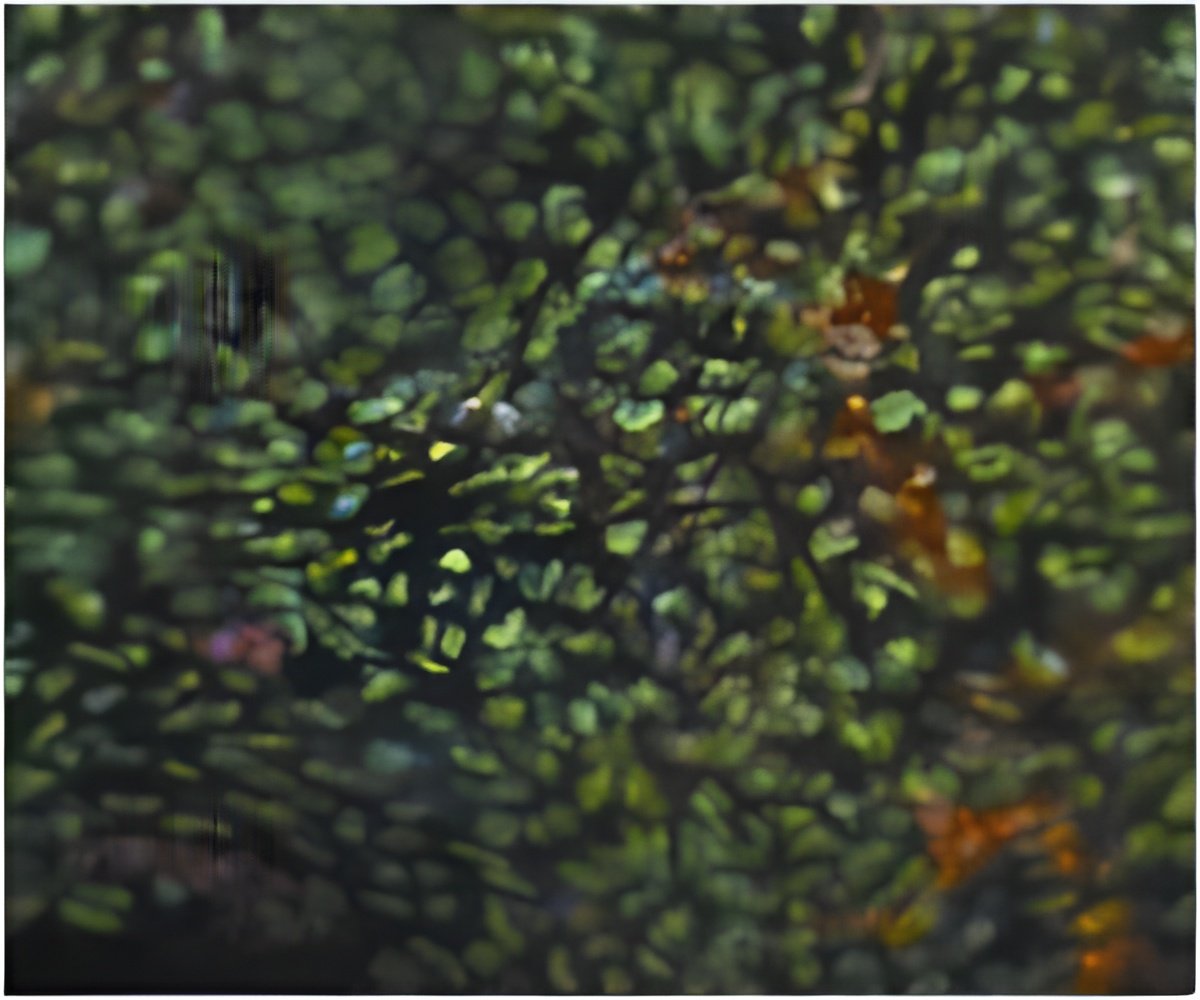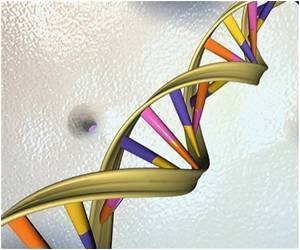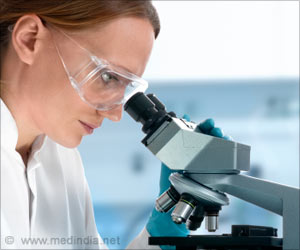
‘Currently, the problem in donor stem cell therapy is that most of the stem cells don't proliferate very well, so they repair very little part of the muscle. But if these stem cells are over expressing this protein TRAF6, they may proliferate longer and may repair the muscle much more effectively.’
Tweet it Now
In their research, authors Sajedah M. Hindi and Ashok Kumar discovered that removing TRAF6 depletes Pax7, resulting in reduced muscle regeneration in both normal and Duchenne muscular dystrophy (DMD) mouse models. Hindi, a post-doctoral fellow, and Kumar, professor and distinguished university scholar in UofL's Department of Anatomical Sciences and Neurobiology, believe this is because TRAF6 is upstream from Pax7 in the signaling process involved in muscle repair and orchestrates multiple signals controlling the muscle regeneration process. Kumar said, "We have discovered a pathway by which the Pax7 and myogenic potential of satellite cells is regulated. The protein TRAF6 is a very important adaptor protein that is involved in multiple signaling pathways and its functions are important to maintain the stemness of satellite cells in adults."
Hindi said, "In normal conditions, skeletal muscle is a self-healing tissue and can recover promptly from most trauma because of the satellite cells. But in disease conditions like muscular dystrophies, satellite cells can't keep up with repeated cycles of injury and are ultimately exhausted or functionally impaired. Our next step is to see if this functional impairment is partially due to lack of TRAF6 signaling in satellite cells. If so, we are thinking we can take a patient's stem cells, restore the TRAF6 activity, put them back and boost their regenerative potential."
Kumar and Hindi believe their research ultimately will lead to improved treatments for muscle wasting diseases such as muscular dystrophy, ALS, cancer cachexia, diabetes, heart disease and others.
Kumar said, "Right now the problem in donor stem cell therapy is that we inject the stem cells into the patient but most of the stem cells don't proliferate very well, so they repair very little part of the muscle. But if you have stem cells that are over expressing this protein TRAF6, they may proliferate longer and they may repair the muscle much more effectively."
Advertisement










